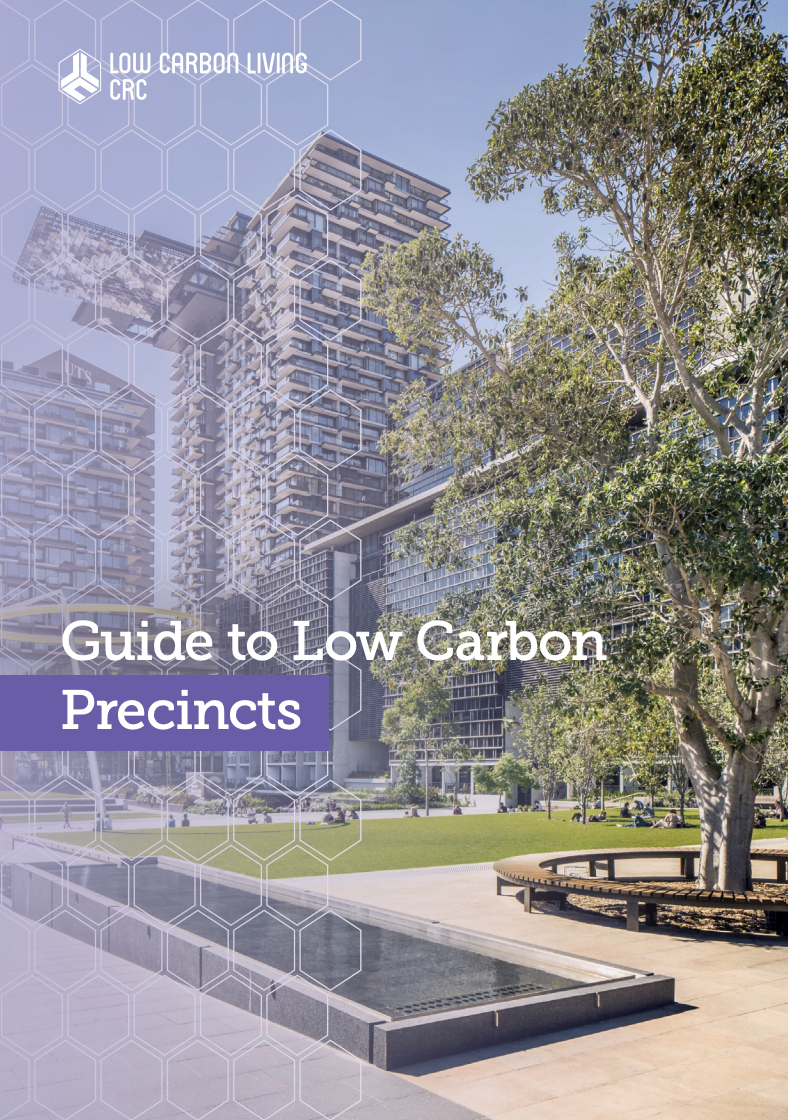The goal is to help planners, architects, developers and builders develop at a different scale, and to seize the opportunity offered by brownfields and infill sites to improve the built environment’s performance and functionality. At the moment backyard in-fill is not working in terms of human appeal or environmental outcomes.
It also presents a workable alternative to endless expansion on the urban fringe by laying out all the steps required to create liveable, connected places that sell well and create a better city overall.
Newman and his co-authors, Giles Thomson, Peter Newton and Josh Byrne, bring both national and international expertise to the topic.
















